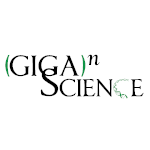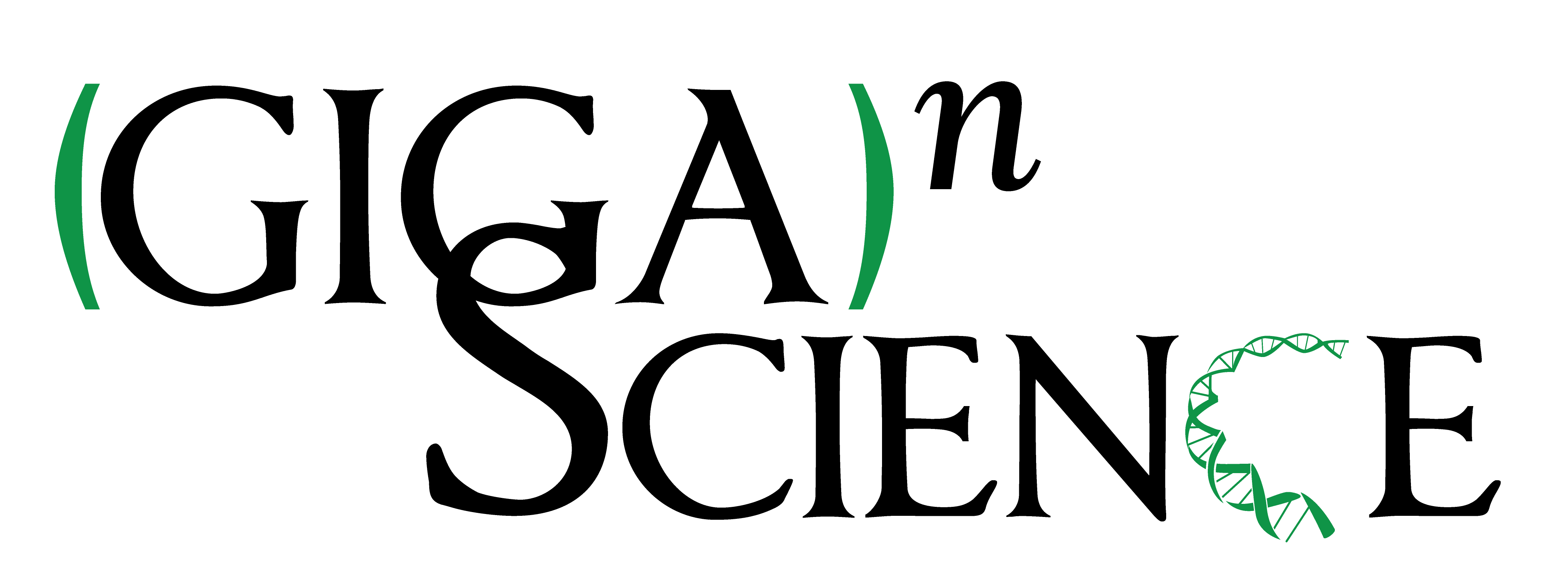Impact of reference design on estimating SARS-CoV-2 lineage abundances from wastewater sequencing data
This article has been Reviewed by the following groups
Discuss this preprint
Start a discussion What are Sciety discussions?Listed in
- Evaluated articles (GigaScience)
Abstract
Background
Sequencing of severe acute respiratory syndrome coronavirus 2 (SARS-CoV-2) RNA from wastewater samples has emerged as a valuable tool for detecting the presence and relative abundances of SARS-CoV-2 variants in a community. By analyzing the viral genetic material present in wastewater, researchers and public health authorities can gain early insights into the spread of virus lineages and emerging mutations. Constructing reference datasets from known SARS-CoV-2 lineages and their mutation profiles has become state-of-the-art for assigning viral lineages and their relative abundances from wastewater sequencing data. However, selecting reference sequences or mutations directly affects the predictive power.
Results
Here, we show the impact of a mutation- and sequence-based reference reconstruction for SARS-CoV-2 abundance estimation. We benchmark 3 datasets: (i) synthetic “spike-in”’ mixtures; (ii) German wastewater samples from early 2021, mainly comprising Alpha; and (iii) samples obtained from wastewater at an international airport in Germany from the end of 2021, including first signals of Omicron. The 2 approaches differ in sublineage detection, with the marker mutation-based method, in particular, being challenged by the increasing number of mutations and lineages. However, the estimations of both approaches depend on selecting representative references and optimized parameter settings. By performing parameter escalation experiments, we demonstrate the effects of reference size and alternative allele frequency cutoffs for abundance estimation. We show how different parameter settings can lead to different results for our test datasets and illustrate the effects of virus lineage composition of wastewater samples and references.
Conclusions
Our study highlights current computational challenges, focusing on the general reference design, which directly impacts abundance allocations. We illustrate advantages and disadvantages that may be relevant for further developments in the wastewater community and in the context of defining robust quality metrics.
Article activity feed
-

AbstractBackground Sequencing of SARS-CoV-2 RNA from wastewater samples has emerged as a valuable tool for detecting the presence and relative abundances of SARS-CoV-2 variants in a community. By analyzing the viral genetic material present in wastewater, public health officials can gain early insights into the spread of the virus and inform timely intervention measures. The construction of reference datasets from known SARS-CoV-2 lineages and their mutation profies has become state-of-the-art for assigning viral lineages and their relative abundances from wastewater sequencing data. However, the selection of reference sequences or mutations directly affects the predictive power.Results Here, we show the impact of a mutation- and sequence-based reference reconstruction for SARS-CoV-2 abundance estimation. We benchmark three data sets: …
AbstractBackground Sequencing of SARS-CoV-2 RNA from wastewater samples has emerged as a valuable tool for detecting the presence and relative abundances of SARS-CoV-2 variants in a community. By analyzing the viral genetic material present in wastewater, public health officials can gain early insights into the spread of the virus and inform timely intervention measures. The construction of reference datasets from known SARS-CoV-2 lineages and their mutation profies has become state-of-the-art for assigning viral lineages and their relative abundances from wastewater sequencing data. However, the selection of reference sequences or mutations directly affects the predictive power.Results Here, we show the impact of a mutation- and sequence-based reference reconstruction for SARS-CoV-2 abundance estimation. We benchmark three data sets: 1) synthetic “spike-in” mixtures, 2) German samples from early 2021, mainly comprising Alpha, and 3) samples obtained from wastewater at an international airport in Germany from the end of 2021, including 1rst signals of Omicron. The two approaches differ in sub-lineage detection, with the marker-mutation-based method, in particular, being challenged by the increasing number of mutations and lineages. However, the estimations of both approaches depend on selecting representative references and optimized parameter settings. By performing parameter escalation experiments, we demonstrate the effects of reference size and alternative allele frequency cutoffs for abundance estimation. We show how different parameter settings can lead to different results for our test data sets, and illustrate the effects of virus lineage composition of wastewater samples and references.Conclusions Here, we compare a mutation- and sequence-based reference construction and assignment for SARS-CoV-2 abundance estimation from wastewater samples. Our study highlights current computational challenges, focusing on the general reference design, which significantly and directly impacts abundance allocations. We illustrate advantages and disadvantages that may be relevant for further developments in the wastewater community and in the context of higher standardization.
A version of this preprint has been published in the Open Access journal GigaScience (see paper https://doi.org/10.1093/gigascience/giae051), where the paper and peer reviews are published openly under a CC-BY 4.0 license. These peer reviews were as follows:
**Reviewer 2: Liuyang Zhao **
In this study, the authors initiate a novel exploration by employing parameter escalation experiments to assess the impact of reference size and alternative allele frequency cutoffs on the effects of virus lineage composition in wastewater samples and their references. The research provides valuable insights into how different parameter settings influence outcomes in test data sets, particularly highlighting the role of virus lineage composition in wastewater samples and the corresponding references. Detailed parameters for these analyses are made available in several bash files at osf.io/upbqj. Despite these significant contributions, certain areas could benefit from further enhancement:
1.The current methodology utilizes Ion Torrent for testing mock samples. However, this approach may not fully capture the variability in alignment and sub-lineage analysis. Incorporating additional sequencing data from PacBio, Nanopore, and Illumina would offer a more comprehensive examination of these aspects, potentially leading to more robust findings.
2.While the study showcases a variety of pipelines based on mutation-based and sequence-based tools in Table 1, the evaluation of three data sets was limited to only using MAMUSS (as a mutation-based reference) and VLQ-nf (as a sequence-based reference). For more conclusive guidance in pipeline selection, it is advisable for the authors to expand their analysis to include at least two or three more pipelines. This recommendation aligns with observations noted by the authors at line 619, suggesting a comprehensive benchmark comparison would significantly enhance the study's utility and appeal to readers seeking optimal pipeline strategies.
-

AbstractBackground Sequencing of SARS-CoV-2 RNA from wastewater samples has emerged as a valuable tool for detecting the presence and relative abundances of SARS-CoV-2 variants in a community. By analyzing the viral genetic material present in wastewater, public health officials can gain early insights into the spread of the virus and inform timely intervention measures. The construction of reference datasets from known SARS-CoV-2 lineages and their mutation profies has become state-of-the-art for assigning viral lineages and their relative abundances from wastewater sequencing data. However, the selection of reference sequences or mutations directly affects the predictive power.Results Here, we show the impact of a mutation- and sequence-based reference reconstruction for SARS-CoV-2 abundance estimation. We benchmark three data sets: …
AbstractBackground Sequencing of SARS-CoV-2 RNA from wastewater samples has emerged as a valuable tool for detecting the presence and relative abundances of SARS-CoV-2 variants in a community. By analyzing the viral genetic material present in wastewater, public health officials can gain early insights into the spread of the virus and inform timely intervention measures. The construction of reference datasets from known SARS-CoV-2 lineages and their mutation profies has become state-of-the-art for assigning viral lineages and their relative abundances from wastewater sequencing data. However, the selection of reference sequences or mutations directly affects the predictive power.Results Here, we show the impact of a mutation- and sequence-based reference reconstruction for SARS-CoV-2 abundance estimation. We benchmark three data sets: 1) synthetic “spike-in” mixtures, 2) German samples from early 2021, mainly comprising Alpha, and 3) samples obtained from wastewater at an international airport in Germany from the end of 2021, including 1rst signals of Omicron. The two approaches differ in sub-lineage detection, with the marker-mutation-based method, in particular, being challenged by the increasing number of mutations and lineages. However, the estimations of both approaches depend on selecting representative references and optimized parameter settings. By performing parameter escalation experiments, we demonstrate the effects of reference size and alternative allele frequency cutoffs for abundance estimation. We show how different parameter settings can lead to different results for our test data sets, and illustrate the effects of virus lineage composition of wastewater samples and references.Conclusions Here, we compare a mutation- and sequence-based reference construction and assignment for SARS-CoV-2 abundance estimation from wastewater samples. Our study highlights current computational challenges, focusing on the general reference design, which significantly and directly impacts abundance allocations. We illustrate advantages and disadvantages that may be relevant for further developments in the wastewater community and in the context of higher standardization.
A version of this preprint has been published in the Open Access journal GigaScience (see paper https://doi.org/10.1093/gigascience/giae051), where the paper and peer reviews are published openly under a CC-BY 4.0 license. These peer reviews were as follows:
**Reviewer 1: Irene Bassano **
In the manuscript "Impact of reference design on estimating SARS-CoV-2 lineage abundances from wastewater sequencing data" Aßmann et. al compare two methods, a sequence and mutation-based, respectively, to better understand the circulating lineages and sub-lineages in wastewater samples. Since the advent of wastewater-based epidemiology (WBE) as a tool to complement results from clinical data, there has been search for novel tools that can give robustness to the results and more importantly confidence in the data analysis. In this context, this manuscript is very important as it is contributing towards achieving that goal. This is clear in the fact that they have designed a new tool, namely MAMUSS.
- One aspect however that the manuscript fails to mention is the difficulty in reconstructing full genome sequences from wastewater data. This has been one of the biggest problems since it is widely accepted that viral particles in water do degrade, and consequently what is being sequenced is a partial genome. Consensus sequences are therefore very difficult to obtain.
- Another aspect that the authors fail to mention in the introduction or as a point of discussion, is how a variant is defined and how we take this information from clinical samples to then adopt it to define variants in environmental samples, although some relevant tools are mentioned such as COJAC and MMMVI. Yet, how these are used, it is not explained.
- The manuscript is well written, there are some repetitive sentences that need to be removed (see comments on PDF) as well as a couple of sentences which are not grammatically correct (see comments on PDF).
- It is worth mentioning that the words "variants" and "lineages" are used interchangeably. I do suggest they choose one term only.
- The manuscript mentions several times the presence of false and true positive, however does not mention how these were calculated. These need to be supported by a small statistical test.
- There are minor corrections throughout the manuscript that need to be address. All these are highlighted as comments in the original manuscript.
-
-

